
Division of Student Affairs Strategic Plan
Message from the Vice President
The student experience at Georgia Southern University has long been a point of pride in Eagle Nation and the professionals in the Division of Student Affairs strive to champion co-curricular engagement. Our mission is to cultivate an inclusive environment to advance students’ holistic development through transformational experiences and intentional learning. This new strategic plan incorporates the highest aspirations of the Division of Student Affairs team where we impact student success through programs and initiatives. This division strategic plan supports the institutional strategic plan and identifies key performance indicators for every unit. I believe this plan will accentuate our mission by elevating the student co-curricular experience. While many Division of Student Affairs team members contributed in the development of this document, I want to thank the members of the committee who led this work including Dr. Aileen Dowell, Dr. John Banter, and Ms. Erin McFerrin.
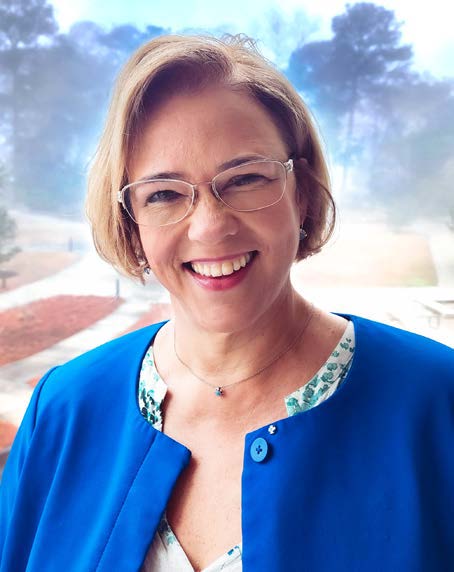
Four strategic pillars lay the foundation for the Division of Student Affairs strategic plan: Students First, Inclusive Excellence, Employee Engagement & Operational Efficiency, and Community Impact. Our strategic plan is grounded in best practices, provides the framework for our vision, and identifies the critical goals for the future. Thank you for your partnership as we champion the co-curricular experience. Hail Southern!
Shay Davis Little, Ph.D.
Vice President for Student Affairs
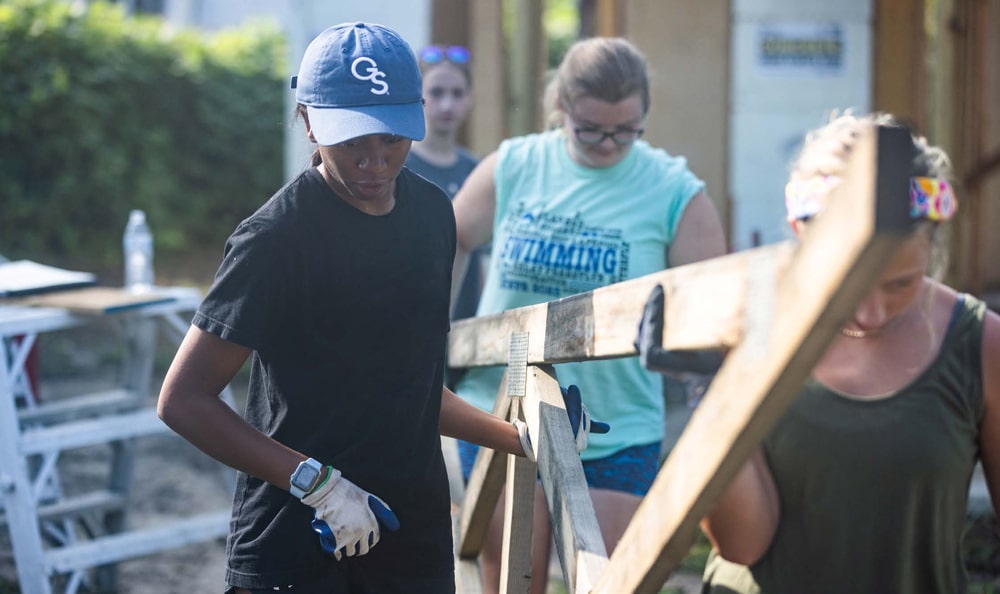
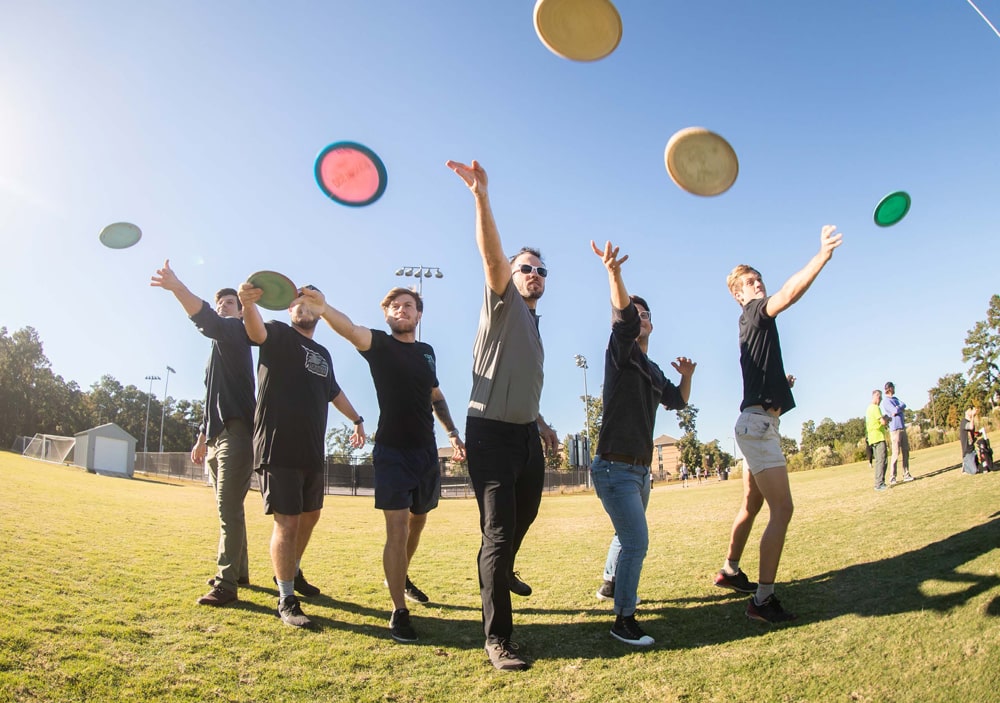

Strategic Objectives & Action Items
Pillar 1: Students First
The Division will advance the holistic development of students in in an inclusive environment that incorporates innovative practices which foster students’ success through learning, health, wellbeing, and engagement outside the classroom.
Objective 1.1: Implement Impactful Learning Opportunities
- Action Item A: Identify student learning outcomes in each department that support the Division’s co-curricular student learning domains and assess annually.
- Action Item B: Develop innovative student engagement programs and services that are unique to each campus to impact student enrollment and success.
- Action Item C: Implement more high impact co-curricular practices to enhance student learning, such as internships, service learning, and learning communities.
- Action Item D: Showcase alignment of programs and initiatives annually in departmental Impact Reports.
- Action Item E: Partner with Human Resources to identify student employment positions that meet the criteria for a high impact practice and document those roles in Eagle Engage.
Objective 1.2: Incorporate Innovative Strategies to Showcase Learning and Engagement
- Action Item A: Develop a co-curricular transcript to showcase students’ co-curricular engagement and students’ exposure to competencies and skills.
- Action Item B: Implement competencies and skills framework within Eagle Engage and include departments from across the university as stakeholders in the rollout/onboarding process.
- Action Item C: Utilize Eagle Engage to highlight student co-curricular engagement (including unique attendees and total attendees), student persistence, and success of students involved in co-curricular activities.
- Action Item D: Develop current and future co-curricular learning certificates and/or microcredentials that enhance student learning and engagement.
Objective 1.3: Implement Best Practices in Suicide Prevention via The Jed Campus Process
- Action Item A: Establish a Georgia Southern University JED Campus Team comprised of representatives from key areas throughout the university.
- Action Item B: Using feedback from the JED Campus Assessment of Georgia Southern, create and implement a 4 year JED campus Action Plan for Georgia Southern.
- Action Item C: Reassess the campus environment using the JED Campus guidelines following the completion of the action plan.
Objective 1.4: Champion a Culture of Wellness for Living a Healthy Lifestyle
- Action Item A: Partner with the provost office and/or academic colleges to strategically embed substance use risk reduction curriculum in academic settings.
- Action Item B: Develop a narcan initiative at georgia southern university. The initiative will include improved access to naloxone medication by strengthening external partnerships as well as expanded access to narcan administration training.
- Action Item C: Institute culture of respect to build the capacity to end sexual violence through ongoing, expansive organizational change.
Objective 1.5: Enhance Programming for Students to Support the University’s Broader Sustainability Priorities
- Action Item a: Develop a robust student program to raise awareness of sustainability on campus and in the community.
- Action Item B: Enhance the university’s position in sustainability performance and measure progress through an external review process.
- Action Item C: Champion the University’s enhancement of the Climate Action Plan (CAP) to make sustainability a core value in operations and planning.
Pillar 2: Inclusive Excellence
The Division will foster an inclusive campus environment and support a culture of belonging among students and staff.
Objective 2.1: Enhance Campus Inclusive Excellence Through the Inclusive Excellence Action Plan
- Action Item A: Complete, implement, and continually assess the identified objectives of the Division’s Inclusive Excellence Action Plan to minimize barriers for students and foster inclusive excellence in the Division of Student Affairs programs and initiatives.
- Action Item B: Build rapport and relationships with students through the campus demonstrations team.
Pillar 3: Employee Engagement & Operational Effectiveness
The Division will encourage the professional development of our staff through enhanced engagement opportunities. The Division will strategically manage resources and promote operational effectiveness through the assessment of professional standards which will be initiated annually.
Objective 3.1: Integrate Professional Development Opportunities for Division Staff
- Action Item A: Invest, promote and prioritize employee professional development to aid in growth and retention.
- Action Item B: Support divisional professional development and onboarding opportunities.
- Action Item C: Develop robust onboarding process within the division to connect new employees and provide insights about our best practices.
- Action Item D: Create and implement leadership development program, CREST – Commit to the Relentless Enhancement of Self and Team, for divisional employees to support enhanced leadership development and personal growth.
Objective 3.2: Enhance Employee Engagement
- Action Item A: Promote and support access to affinity groups for employees to connect with each other and network.
- Action Item B: Increase collaboration between departments through interactive teamwork.
- Action Item C: Promote the University’s employee engagement survey and develop division and departmental action plans.
Objective 3.3: Ensure Transparency and Expand Effectiveness
- Action Item A: Share information and promote opportunities for all staff to participate in the annual impact report presentations.
- Action Item B: Foster robust partnership with advancement to identify external sources of revenue and create strategies for fundraising initiatives across departments.
- Action Item C: Elevate employee engagement via intentional strategies to enhance the organizational culture of the division of student affairs.
- Action Item D: Increase collaboration between departments to promote cost sharing.
- Action Item E: Enhance budget transparency and process efficiency.
- Action Item F: Develop/update/maintain department procedures to ensure business continuity.
- Action Item G: Facilitate ongoing, systematic departmental reviews using the Council for the Advancement of Standards (CAS) in higher education. Complete regular external reviews of each department every five years.
Pillar 4: Community Impact
The Division will develop and strengthen partnerships and increase intentional student and staff engagement in the campus, local, state, and national community.
Objective 4.1: Develop Strategic Community Partnerships
- Action Item A: Identify and build partnerships to increase funding and create impactful collaborations for students and staff.
Objective 4.2: Invest in Student & Staff Community Engagement Practices
- Action Item A: Highlight divisional contributions in the community to internal and external constituencies.
- Action Item B: Invest in collaborative partnerships between the University and our larger communities while seeking national recognition through the Carnegie Foundation’s classification for Community Engagement and the Voter Friendly Campus initiatives
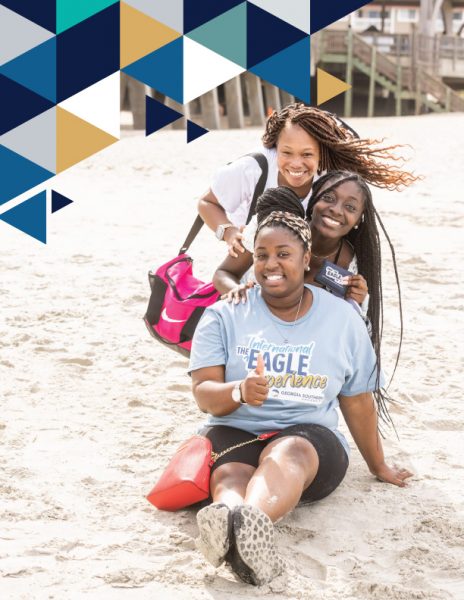
Division of Student Affairs Key Performance Indicators (KPI)
Campus Recreation and Intramurals (CRI)
- Total Department Participations
- Total Department Student Participations
- Total Unique Student Participants
- Revenue
- Total Mandatory Student Fee
- Recreation Sales & Service
- Golf Course Sales & Service
- Shooting Sports Education Center Sales & Service
- Total Department Expenditures
- First Time Freshman Participant Retention Rate vs. Non-User
Counseling Center
- Number of eligible students who receive Counseling Center services
- Number of student contacts made via a Counseling Center Outreach Program
- Number of clinical sessions provided to students
- Job placement rate upon completion of training for graduate student trainees
Dean of Students
- Number of faculty notifications sent per semester
- Number of students addressed through Behavior Assessment Team per semester
- Number of hardship withdrawals processed per semester
- Number of student volunteers (Captain’s Cupboard and Eagle Essential Food Pantry
- Number of students served (Captain’s Cupboard and Eagle Essential Food Pantry
- Number of unique organizations/individual donations (Captain’s Cupboard)
- Pantry donation amounts
Fraternity and Sorority Life (FSL)
- FSL community term GPA by chapter, council, and campus
- First year retention rate of all first year FSL members and first-year non-members (Fall Only)
Leadership and Community Engagement (OLCE)
- Retention rates of OLCE students in department leadership roles (i.e., Trip Leaders, Service-Learning Facilitators, etc.)
- GPA of student employees and graduate assistants employed by OLCE
- GPA of OLCE students in department leadership roles
- GPA and retention rates for members of the Southern Leaders Program and Nick Mamalakis Emerging Leaders Program
- Total number of service hours reported by Georgia Southern students
Student Accessibility Resource Center (SARC)
- Number of welcome visits with new students requesting services
- Number of students utilizing SARC services on each campus
- Number of students utilizing housing accommodations by each campus
- Number of tests proctored in SARC each semester on each campus
Student Activities (OSA)
- Retention rates of students that participate in OSA programs
- Retention rates of OSA student employees
- Retention rates of underrepresented student populations that participate in OSA programs
- Total number of students attending OSA-sponsored events
Student Conduct
- Total Number of Individual Cases*
- Student Conduct Violations (i.e. cases)
- Academic Dishonesty Violations (i.e. cases)
- University Housing Violations (i.e. cases)
- University Housing Informational
- AOD Workshops**
- Recidivism rates of Conduct Violations
- PACR (Pre Admission Conduct Review)
*Individual cases refers to individual students reported, not number of incidents. For example, one incident report that involves three students would be three cases reported.
**While only 10 students were sanctioned to the AOD workshop this academic year, 14 students completed the AOD workshop as part of the conduct process.
Student Union Facilities and Event Services (SUFES)
- Average number of users per day for the RussellStudent Union
- Total number of users in Russell Union for the fiscal year
- Total number of reservations per semester for the Statesboro and Armstrong student unions
- Number of student employees on Statesboro and Armstrong campuses
- Retention rates of SUFES student employees
Student Media
- Number of newsletter views
- Number of online pageviews for George-Anne Media Group outlets
- Number of students completing skill training
- Percentage of students retained semester-to-semester on staff of George-Anne Media Group outlets, including analysis of students from marginalized groups
Student Wellness and Health Promotions (SWHP)
- Number of student touchpoints with the Office of SWHP
- Number of students who complete Substance Use Skills & NARCAN Administration Training per year
- Number of students who complete sexual violence prevention education per year
- Number of peer educators
- Number of touch points from the period equity movement per year
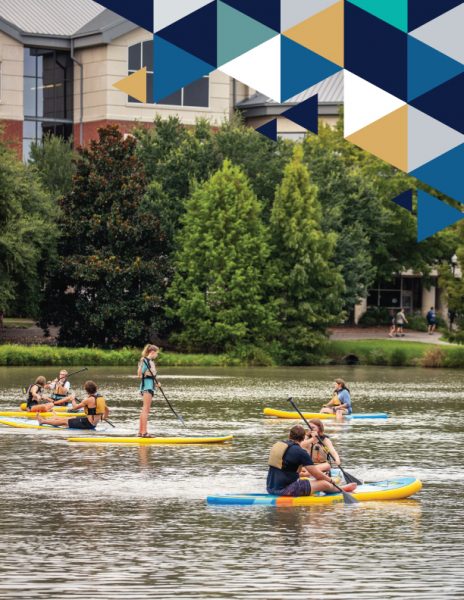
Last updated: 1/8/2024
